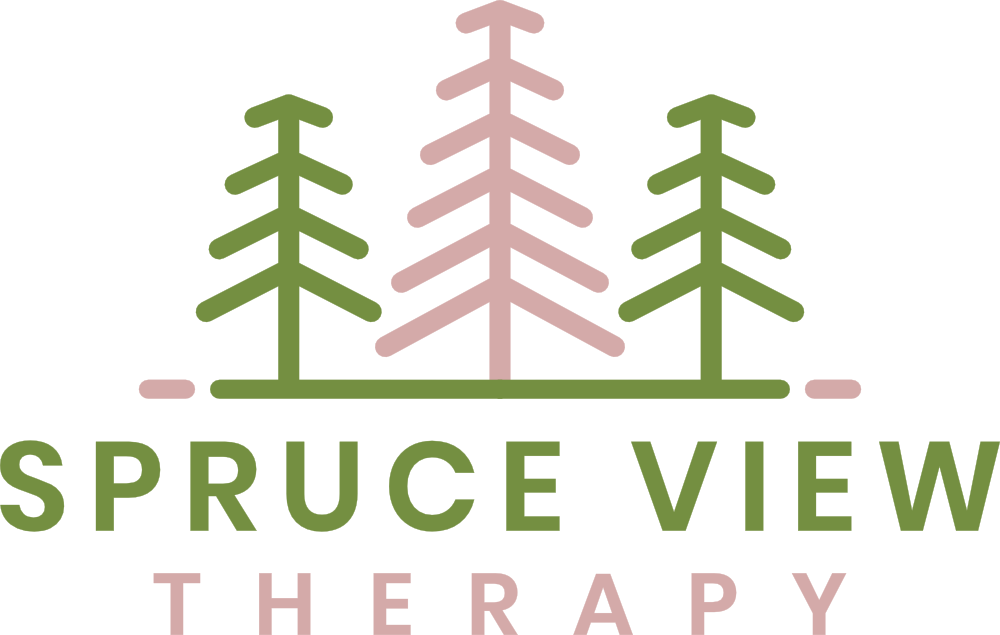Why Longer Therapy Sessions Can Help You Heal More Deeply
Have you ever caught yourself thinking during a therapy session, “We were just getting to the good stuff”? Not because you were holding back, but because the deepest work often shows up toward the end, just as you’re starting to get fully into it.
Then the clock runs out. You were right there. The insight was forming, the emotion was coming up, things were starting to connect… and suddenly it’s time to wrap up. It can be one of the most frustrating parts of the traditional therapy hour. You finally reach the heart of what you came in to explore, and suddenly you’re out of time, not because you’re done, but because the clock says so.
Most people don’t realize that the standard 50 or 55-minute therapy session isn’t based on what’s clinically ideal. It’s actually an insurance construct, designed around billing codes and schedules, not your emotional process or what’s best for your healing. Therapists have worked within that box for decades, even though many clients need more time and space for the deepest parts of therapy to unfold.
That feeling of almost reaching a breakthrough is a common reason many people find longer therapy sessions to be so valuable.
As a therapist who offers individual therapy sessions ranging from 50 minutes to 4 hours, here’s what I’ve noticed about why that extra time matters so much:
1. Making Room for The Most Meaningful Work
In a traditional session, the first 10 minutes may typically be spent:
settling in
checking in about your week
noticing what’s coming up
figuring out what feels most important to focus on
And the last 10 minutes are usually for:
grounding
integrating and processing insights from the session
making sure you’re regulated before you leave
discussing any goals or “homework” for outside of the session
That means the core working time, the part where the deepest, most meaningful work actually happens, is only about 20 to 25 minutes in a standard session.
So it makes complete sense that people often feel like they were "just getting to the good stuff."
Extended sessions expand this middle portion dramatically, giving you a much larger window for real therapeutic work. In an 80 minute session, you’re not just adding time. You’re nearly doubling the space available for depth, processing, and momentum.
2. Breakthroughs Unfold More Naturally
Insight and emotional release do not follow a schedule. In shorter sessions, you may just start to uncover something important right as the clock signals the end.
Longer sessions allow breakthroughs to emerge naturally and fully, instead of being interrupted. This creates space for:
emotional release
clarity
understanding patterns or memories more deeply
exploring something fully instead of skimming the surface
3. Extra Time for Safety, Trust, and Regulation
If you’re navigating trauma or anxiety, it’s common to need additional time to build trust, feel safe, and regulate your nervous system before diving into deeper emotional or memory work.
Longer sessions allow for:
extra check-in and grounding
a stronger therapeutic relationship
slower pacing to honor emotional readiness
space to process overwhelming feelings without shutting down
a sense of safety and containment that supports deeper exploration
For many clients, having this extra time means they can access the healing work more fully and feel more supported throughout the session.
4. Fully Processing EMDR Targets
I often find myself needing to help a client ground, de-brief, and wrap up just a little too early in a standard session. When I can offer slightly longer sessions, EMDR targets can usually be fully processed more efficiently, with fewer interruptions and smoother continuity.
EMDR requires time for:
checking in
reviewing the target memory
grounding
noticing body cues
By the time you enter the processing phase, a standard session may only allow a few sets before it’s time to stop.
In an 80-minute session, you can:
reach the processing zone more smoothly
stay there much longer
move through multiple layers of a memory
reach a natural stopping point
re-ground fully before leaving
This structure allows you to make faster, more continuous progress.
5. You’re Not Rushed
There is something deeply healing about knowing you won’t be rushed. You can show up fully, explore the important things, and leave feeling supported and regulated. There’s just less pressure, and that allows therapy to work even better.
Longer sessions allow therapy to become less about squeezing emotions into a 50-minute window and more about letting the healing process unfold naturally.
The Bottom Line
The standard therapy hour exists for insurance purposes, not because it reflects your actual needs. With out-of-network or private pay therapy, you have more flexibility to meet in a way that best supports your needs and goals.
Extended sessions provide space for deeper emotional work, smoother EMDR processing, and breakthroughs that are allowed to complete themselves.
If you have ever thought, "We were just getting to the good stuff," a longer session may be exactly what you need to support depth, clarity, and real progress in your therapy. At Spruce View Therapy, I offer extended 80-minute sessions as well as EMDR therapy intensives.
Schedule a free consultation to get started and discuss what will best support you.
Michaela Zoppa is a Licensed Professional Counselor (LPC) in Colorado Springs, Colorado. She supports women and teen girls navigating anxiety, perfectionism, trauma, and burnout. She uses evidence-based, trauma-informed modalities, including EMDR and Internal Family Systems (IFS) therapy.




